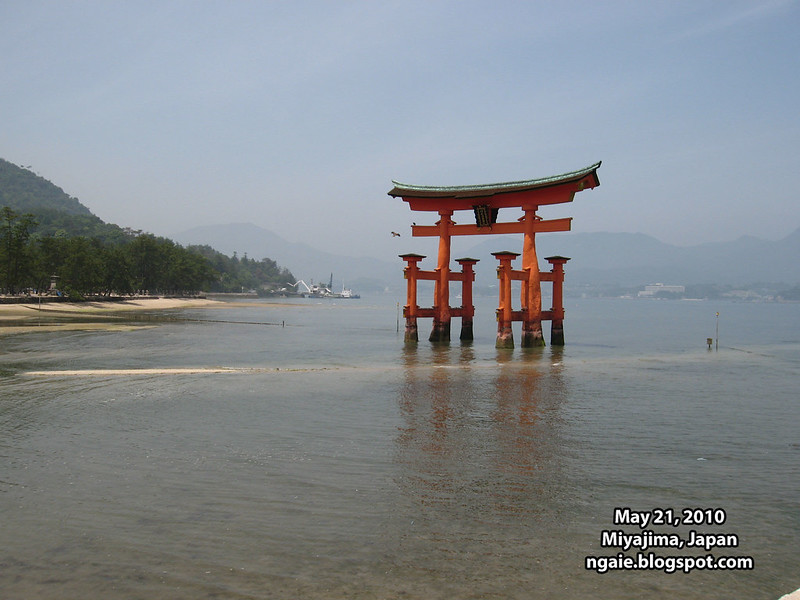On December 31, 2011, I visited Kobe, Japan (神戸) again as part of a trip to the Kansai (関西) area because luckily I had a Japanese classmate who was going back to his hometown in the Kansai area for the New Years Holidays and I could share a ride in his car for the 4 hour journey from the campus of Hiroshima University to the Kobe suburban town of Kakogawa (加古川).
I actually arrived in Kobe the previous day at around mid-afternoon and I stayed at a hotel north of the main Sannomiya (三宮) railway station called the Hotel Area One. In all my travels around Japan, it was one of the worst stays I ever had in a hotel. The hotel was located right behind a shrine and in preparation for the new year, the shrine was open for some sort of festival the entire night and because buildings in Japan generally have poor noise insulation, from the room, the noise was so loud that I could hardly sleep!
Generally in my opinion, there are not a good range of easily accessible hotels in Kobe, it is often better to stay in a hotel in Osaka and just take the 30 minute train ride to Kobe as there is a large selection of affordable and cheap hotels in Osaka.
One of the reasons for visiting Kobe (again) was to see the areas of Kobe that I had never seen before this was mainly the Kobe new town suburbs, Arima Onsen (有馬温泉) and Mt. Rokko (六甲山).
One of the interesting things I saw by chance in Kobe, the Gigantor (鉄人28号,
Tetsujin 28-gō) statue.




